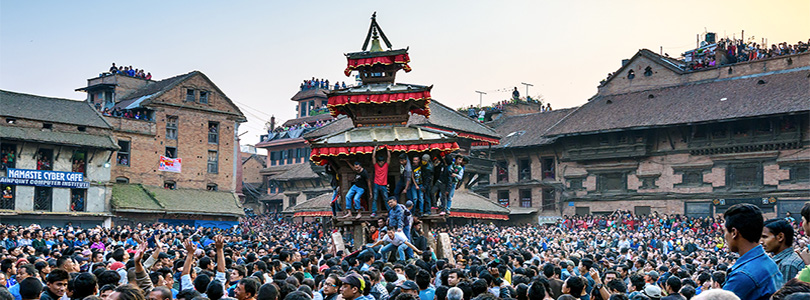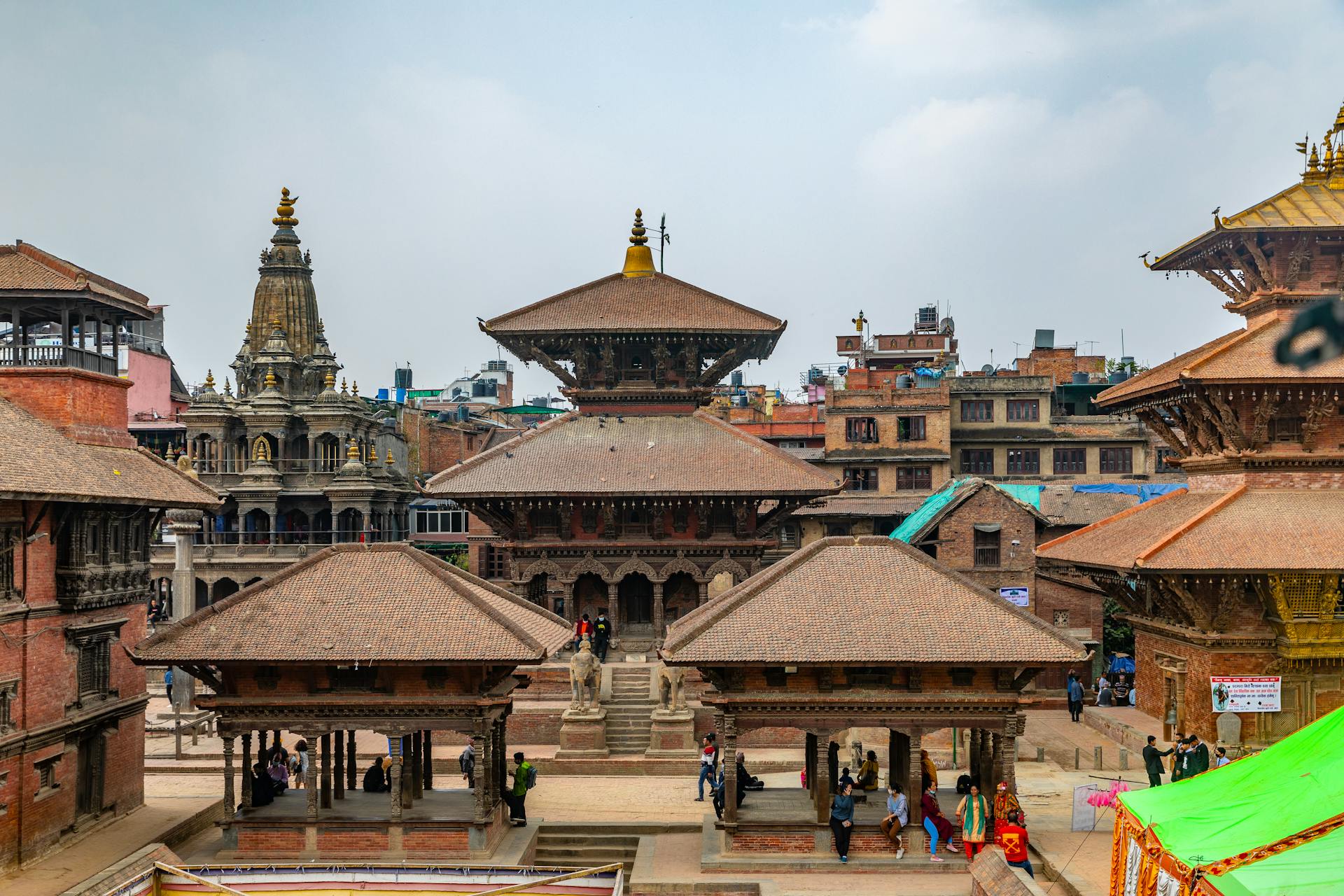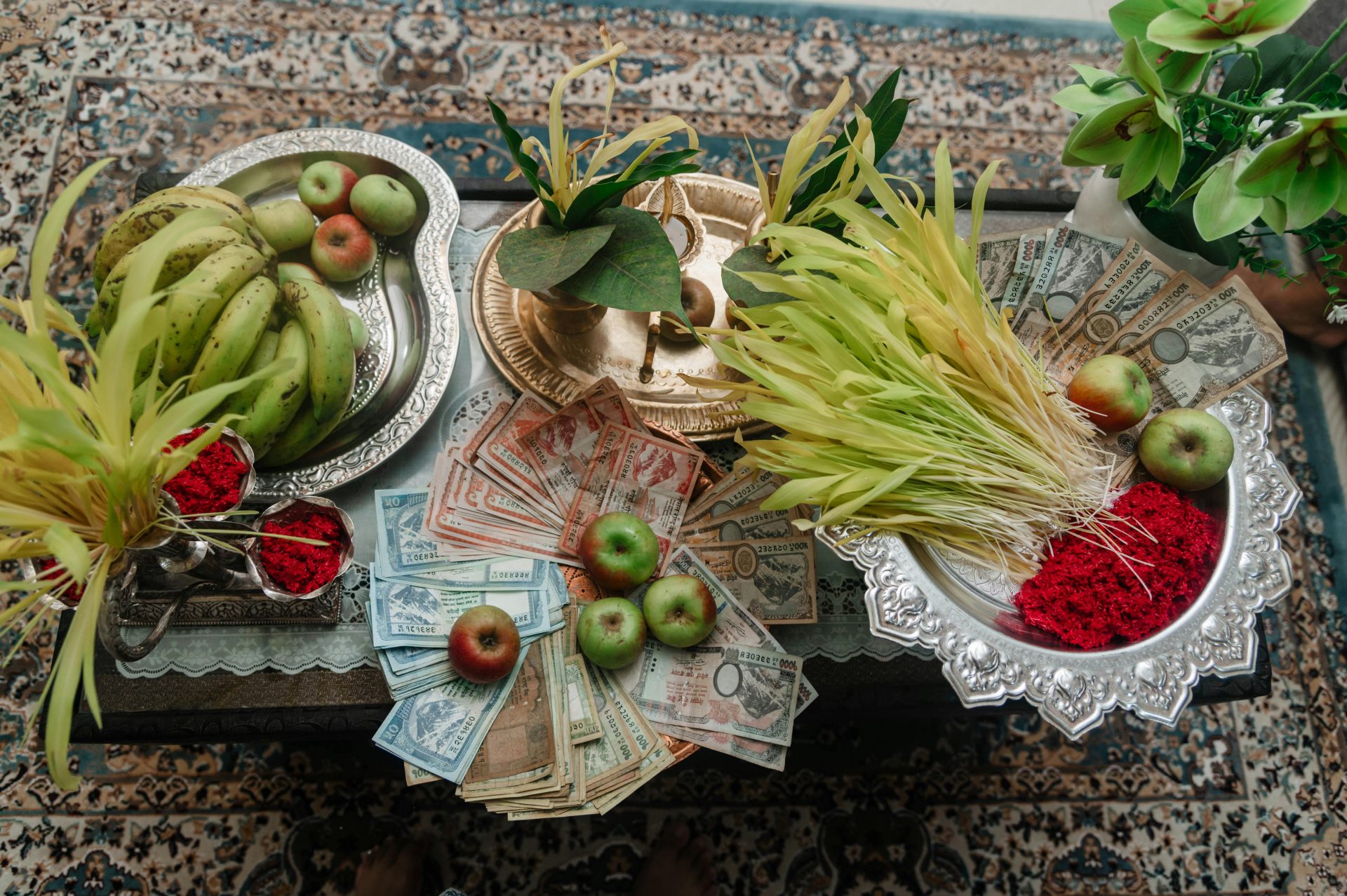Bisket Jatra: “The start of a new year”

“New year; another chance for us to get it right.”
One can easily describe “Bisket Jatra” as being one of the most standout vivid Jatra in Nepal during this part of the year as it is celebrated in antiquated city of Bhaktapur 18 kilometer away from Kathmandu. The Bisket Jatra, which denotes the culmination of the Nepalese month of Chaitra and the start of a New Nepali Year in Baisakh, invites every last person in and around Bhaktapur to exclusively celebrate the joyous moment together.
The Bisket Jatra is a popular festival and the celebration is commended with large amount of pageantry and show. A volunteer from the Shrestha family gets his tongue penetrated in a profound stupor with an iron spike and strolls around the town boring a round bamboo rack with flaring lights. tongue puncturing function that happens amid the chariot parade. It is trusted that the effective consummation of this excruciating ritual conveys favorable luck to the villagers and the volunteer himself. The well-known celebration, which is watched for eight evenings and nine days, as indicated by verifiable records it has been set apart since the Lichchavi time, the Jatra began worshiping Bhairabi sanctuary adjacent Paanchtale sanctuary in Naumadi.
Amid the celebration, a chariot parade is held in Bhaktapur and pictures of Ganesh, Lakshmi and Mahakali are conveyed town. The Bisket Jatra marks a social delight in Bhaktapur. Noticeably the coming of spring, it is a celebration of human feelings that are typically delineated through the different parts of the celebration. The main issue of old stories, as it goes, is about the butchering of a couple of snakes by a nice looking young fellow offered with tantric powers. It is said that the two serpents left the nostrils of an excellent princess when she wheezed at midnight. In the twinkling of an eye, they changed into tremendous serpents. When they were going to strike the young fellow, he murdered them, utilizing his tantric forces.
As per legendary convictions, Bhairab and Bhadrakali are the celestial male and female types of the atmosphere and the Earth, individually. It is said that the conjugation of the sky and the earth made creation conceivable on our planet. The rain that showers from the sky on earth is viewed as the nurturing component, while the earth is the establishment of creation. The opening in which the Yoshin is raised is the image of the female inventive organ, Guheshwori. presented the act of raising two long banners on wooden posts, outlined after the states of the slaughtered serpents. The long shafts were tended to as Yoshin, more prominent as phallic images among local people today. The standards are otherwise called ‘Bishwo dhoja’ after the ruler. The raising of these banners is watched every year with much eagerness.
Vivacious young people endeavor to climb the post, utilizing huge ropes keeping in mind the end goal to get hold of the plants set at its top. Any individual who can do as such, it is accepted, will build his odds of siring a male tyke. The post is situated oppositely to the sky and the earth for 24 hours. The occasion is trailed by a major devour all over Bhaktapur. The beginning of the New Year is a glad minute for all Bhaktapurians. A significant number of them gather on the Yoshin Khel in the early hours of the morning, paying respect and making penances to Bhairab and Bhadrakali up until early afternoon. The sprightly air and the merry occasion imply the appearance of another Bikram year. The Yoshin is brought down at night of the New Year. Tunes are played with woodwinds, drums, cymbals and other melodic instruments, and joined by singing once in a while. After the Yoshin is laid to the ground, individuals meet up to pull the chariots towards Gahiti—one of the toles around the local area.
So, why not visit Nepal and experience this incredible festival & welcome New Year with us.







